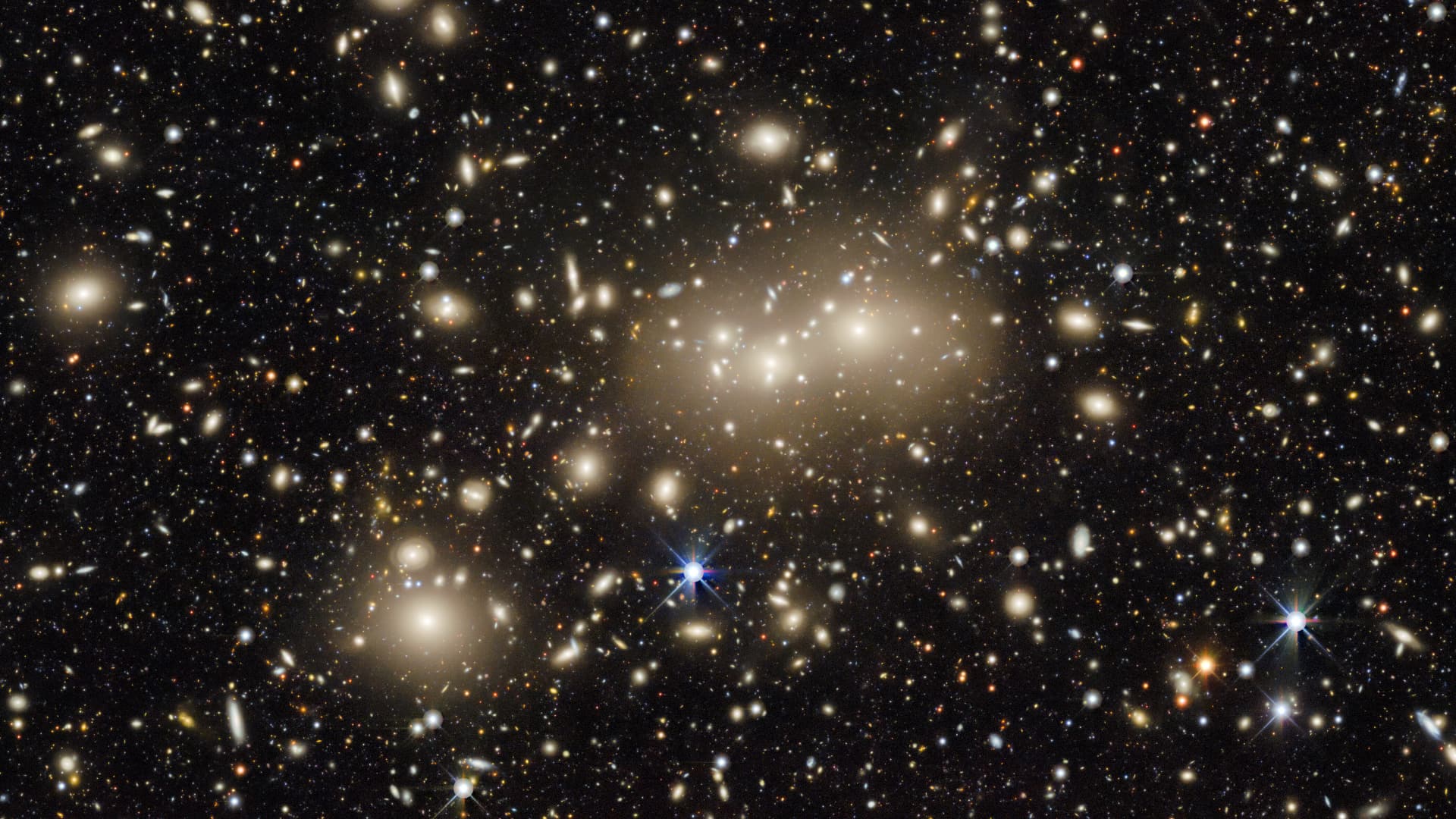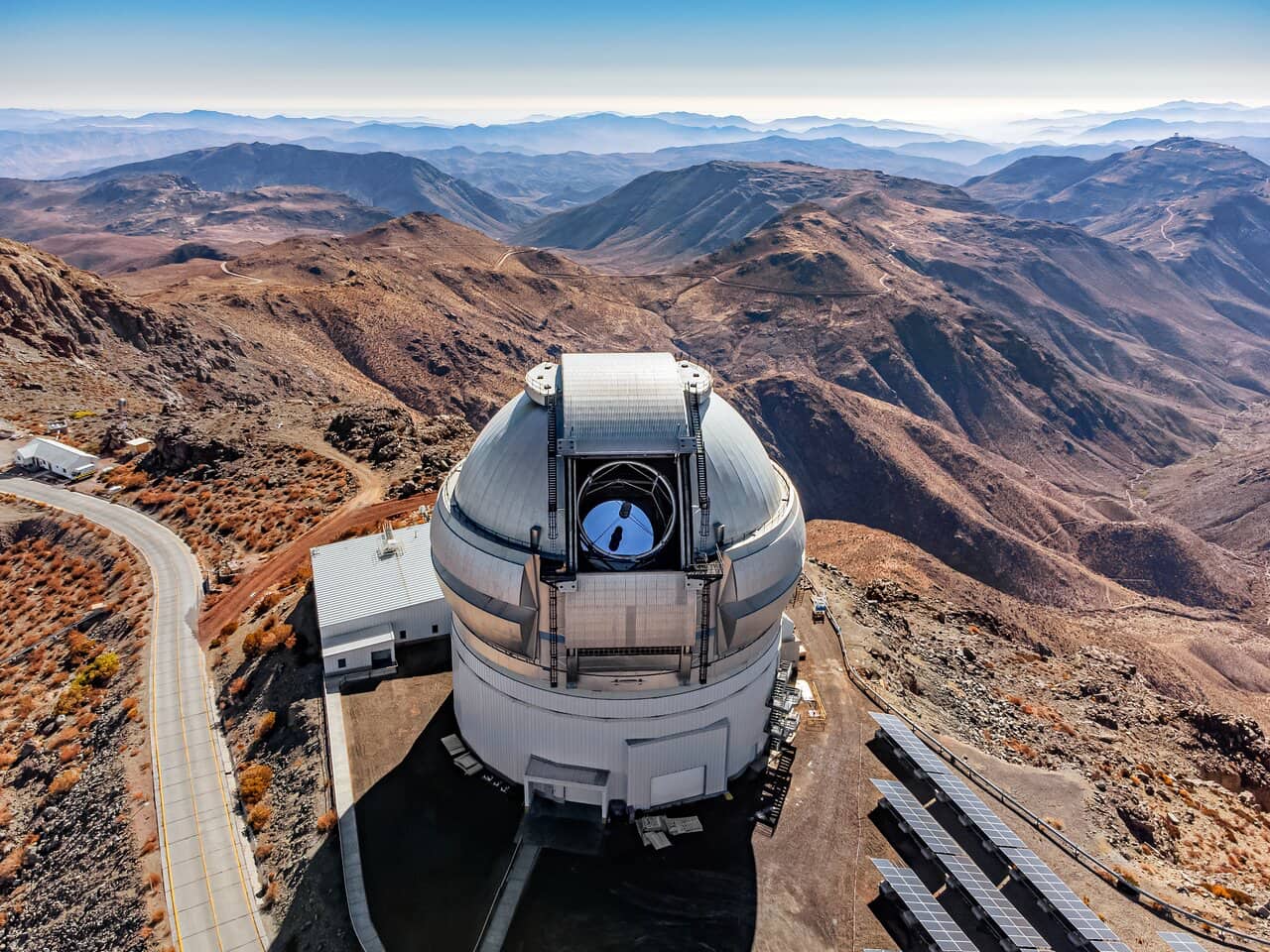
“This is the universe. Big isn’t it?” The tenth data release from the DESI Legacy Imaging Surveys has created the largest star map yet from three telescopes and over a petabyte of data.
The latest data output from the US DOE’s Lawrence Berkeley National Laboratory's Dark Energy Spectroscopic Instrument (DESI) Legacy Imaging Survey has built even further on the impressively large star field map that it has created over there past six years.
The Earth-based numbers are impressive enough. Three major telescopes sited in the US and Chile, one petabyte (1000 trillion bytes) of data, and 100 million CPU hours on one of the world’s most powerful computers at the US Department of Energy’s National Energy Research Scientific Computing Center went to produce the map.
But it’s the space-based ones that get slightly mind-warping. As the National Science Foundation's NOIRLab said on releasing the data, one of the main purposes of this map is to identify roughly 40 million target galaxies for the five-year DESI Spectroscopic Survey, which is aimed at understanding dark energy by precisely mapping the expansion history of the Universe over the last 12 billion years.
The previous data release covered 14,000 square degrees of the sky visible from the northern hemisphere. The new one adds near-infrared wavelength data and integrates southern sky images to expand the coverage to over 20,000 square degrees, which is nearly half the sky.
The Image above is centred on a tiny proportion of it, a relatively nearby galaxy cluster dubbed Abell 3158; light from these galaxies had a redshift value of 0.059, meaning that it traveled approximately 825 million years on its journey to Earth.
Handily for the rest of us with slightly smaller telescopes, the need for public outreach as a part of funding such projects means that the data is publicly available as well, the NOIRLab release saying: “The publicly available data make it possible for astronomy enthusiasts and curious individuals to digitally peruse the Universe around us.”
“Anyone can use the survey data to explore the sky and make discoveries,” adds Arjun Dey, an astronomer with NSF’s NOIRLab. “In my opinion it is this ease of access which has made this survey so impactful. We hope that in a few years the Legacy Surveys will have the most complete map of the entire sky, and provide a treasure trove for scientists well into the future.”
Head to the Astro Data Lab to start digging around, where you’ll also find other various bits and pieces such as this stunning shot of NSF's NOIRLab’s Gemini South telescope 2715 metres up on the Cerro Pachón in Chile.

Main image credit: LoVoCCS/DESI Legacy Imaging Survey/KPNO/NOIRLab/NSF/AURA; Image processing: T.A. Rector (University of Alaska Anchorage/NSF’s NOIRLab, Jen Miller, M. Zamani & D. de Martin (NSF’s NOIRLab)
Oh, and the line “This is the universe. Big isn’t it?” is the opening line from Powell & Pressburger’s masterpiece A Matter of Life & Death
Tags: Technology


Comments